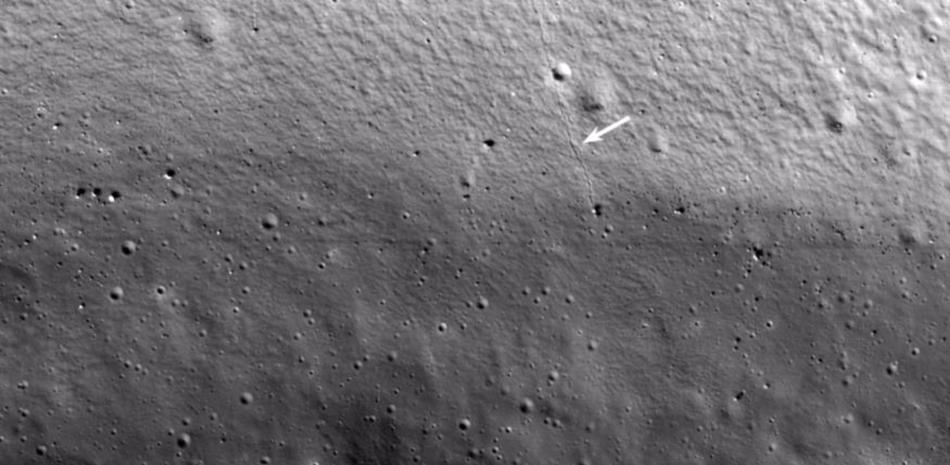Launched in August 2022, NASA’s Shadow Cam hypersensitive optical camera in South Korea’s Danuri lunar orbiter has sent stunning images of the moon’s dark south pole back to Earth, a target for future crewed missions.
Developed by Malin Space Science Systems and Arizona State University (ASU), ShadowCam is more sensitive to light than comparable lunar cameras. Acquire high-resolution images of permanently shadowed areas to support science and exploration planning for Artemis and robotic missions.
Since Danuri entered lunar orbit last December, ShadowCam has routinely captured images of the moon’s north and south poles. Below are some unique images so far and what they reveal.
One of the first ShadowCam images from lunar orbit, captured above in more detail than before, is the permanently shadowed wall and floor of Shackleton Crater, located near the South Pole. The level of detail in this image is made possible by ShadowCam’s ability to operate in extremely low light conditions: it is 200 times more sensitive than the Lunar Reconnaissance Orbiter’s narrow-angle camera.
The arrow indicates the imprint of a rolled rock on the crater wall. Observing these tracks helps scientists characterize the shape and velocity of rock and regolith features, furthering our understanding of the Moon’s geotechnical properties.
ShadowCam is designed to provide views in shadow areas near the poles. However, this image was taken under Earthlight in the equatorial region of the Moon as part of a sensitivity test of the instrument. Bruce reveals the interior of the crater And glowing streams formed from the soil that slide down the crater walls.
ShadowCam captured this image after the new moon. During the new moon, a person on the moon will see almost the entire Earth at the same time that we see a thin crescent moon from Earth. As a full moon casts light on the earth, so a full earth can cast light on the moon; This is known as Bhumi Prakasam.
Although Earthshine is about ten times fainter than the average area permanently shadowed by sunlight reflected from the Moon’s geological features, ShadowCam was still able to capture the surface using Earthshine, indicating the instrument’s ability to see the faintest regions of the South Pole. .
Two types of secondary lighting allow ShadowCam to capture images in areas that do not receive direct sunlight. The first is Earthshine, which illuminates the Moon’s surface far from the poles with sunlight reflected from Earth. Second, sunlight is light that reflects off nearby geological features, such as mountains and crater walls at the poles that rise to the surface to reflect direct sunlight.
Another image, captured in the latter type of lighting, shows the edge of the Marvin Crater about 16 miles (26 kilometers) from the South Pole. There is more than a 90 degree variation in the direction of illumination in small marginal craters compared to small inner craters because the secondary illumination is emitted from a wider arc than from a point light source.
The image below shows a large area around Marvin Crater. The white area on the left is where the surface is exposed to direct sunlight. ShadowCam is designed to work in low light, so areas of sunlight are saturated (indicated by white areas).
Although ShadowCam was primarily designed to use secondary illumination of lunar geological features for imaging, this image, showing the central peak of Aristarchus Crater (left), was captured using light from the ground.
Shadowcam will not be able to capture images of the Artemis astronauts walking on the lunar surface if they are in direct sunlight because strong light will saturate the images. However, this image shows that Earth’s brightness could be used if astronauts were walking in space on a lunar night.
In another image, the shadow of the central peak of Aristarchus is from Earth, resulting in Earth being 35 degrees above the horizon at that time. The different shades on the central peak are thought to represent different types of rock.





:quality(85)/cloudfront-us-east-1.images.arcpublishing.com/infobae/KTKFKR763RBZ5BDQZJ36S5QUHM.jpg)